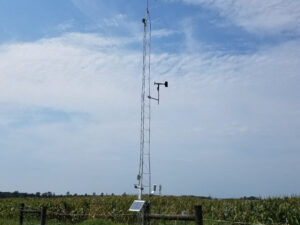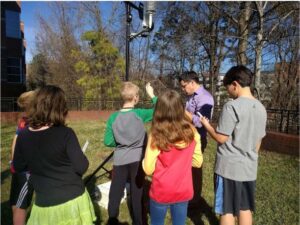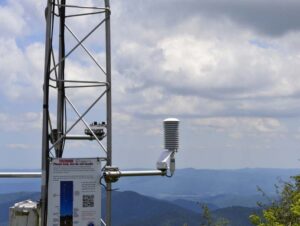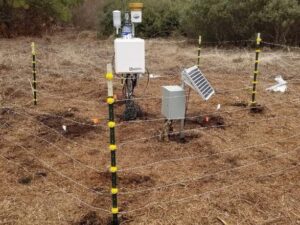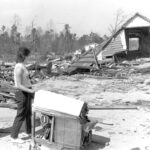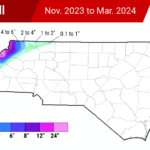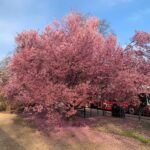Homepage

March Daffodils in Raleigh’s Dorothea Dix Park in 2021.
From The Mountains To The Outer Banks
The North Carolina State Climate Office serves as the primary scientific extension resource for weather and climate science for the state of North Carolina. The office achieves its mission through climate science monitoring, education, extension, and research.
ECONet
Our office hosts the North Carolina Environment and Climate Observing Network (ECONet). Learn more about the 44-site network here.
Education
Learn about our state’s unique climate and weather and browse classroom-ready lessons and activities.
Data + Products
Explore North Carolina’s climate, and access climate data and climate-smart decision support tools with our suite of products.
Research
Our office conducts original research on many aspects of North Carolina’s climate and weather. Learn more here.
